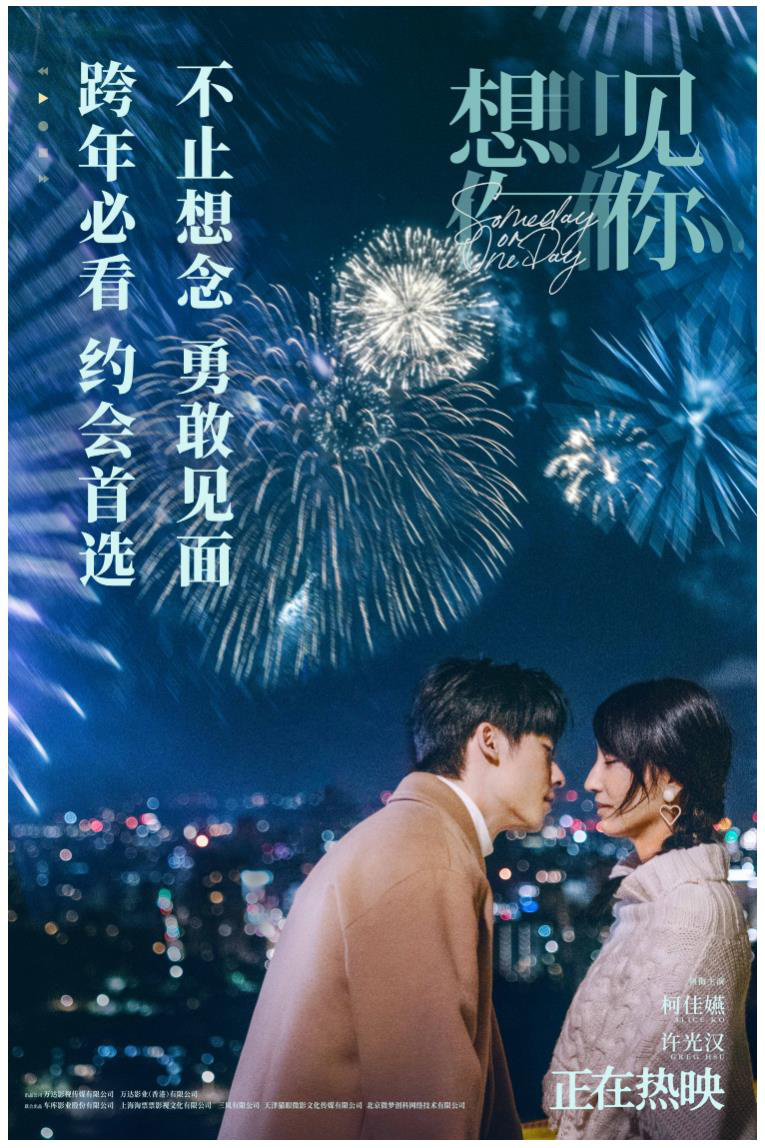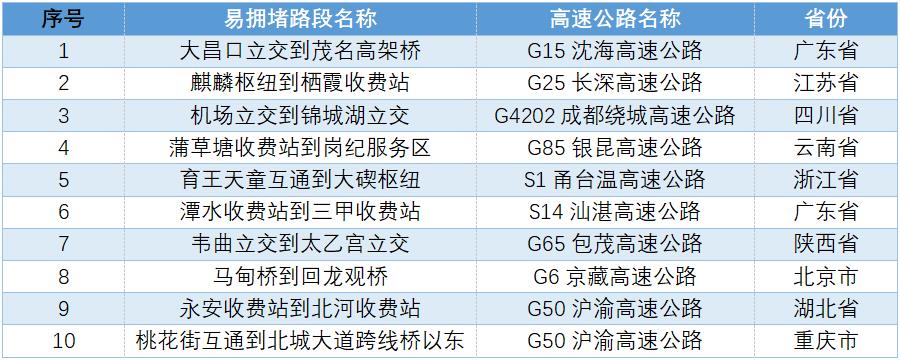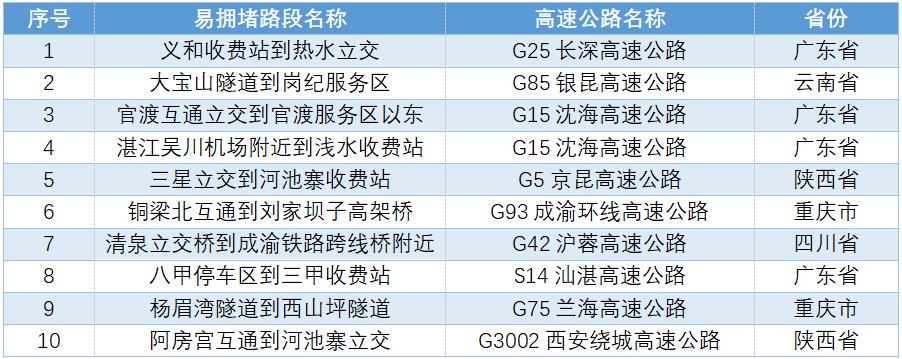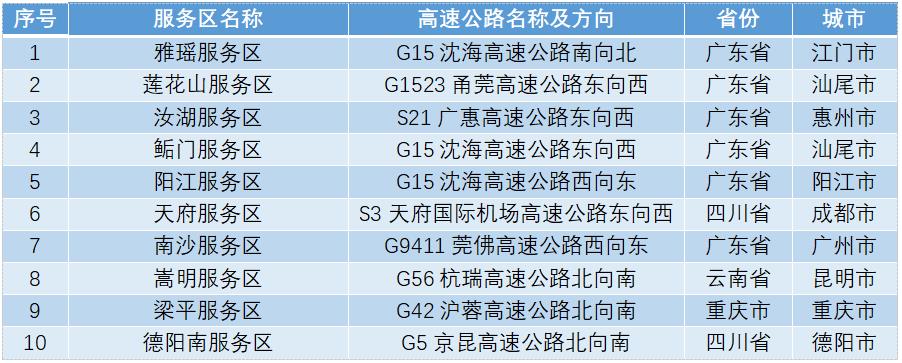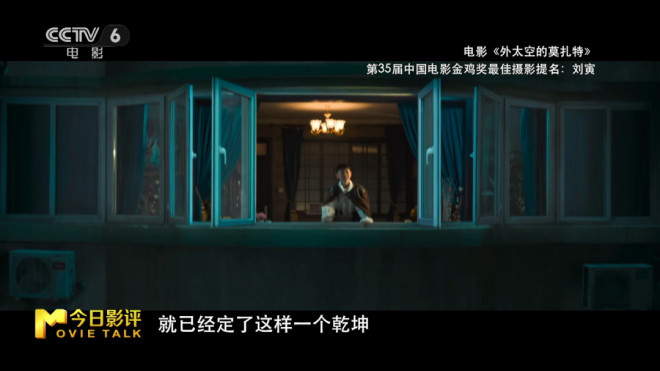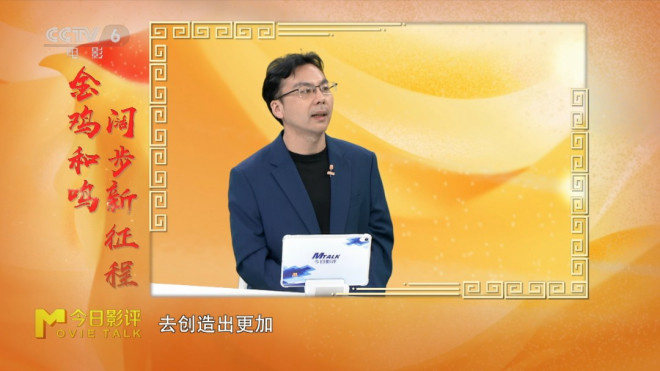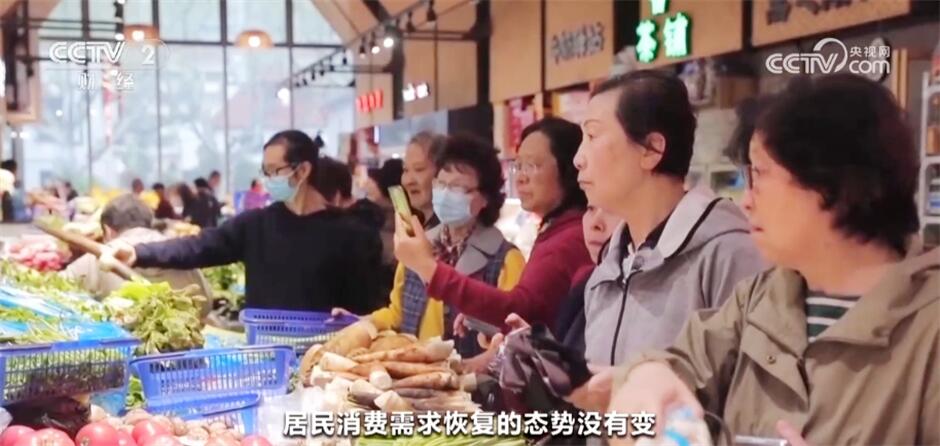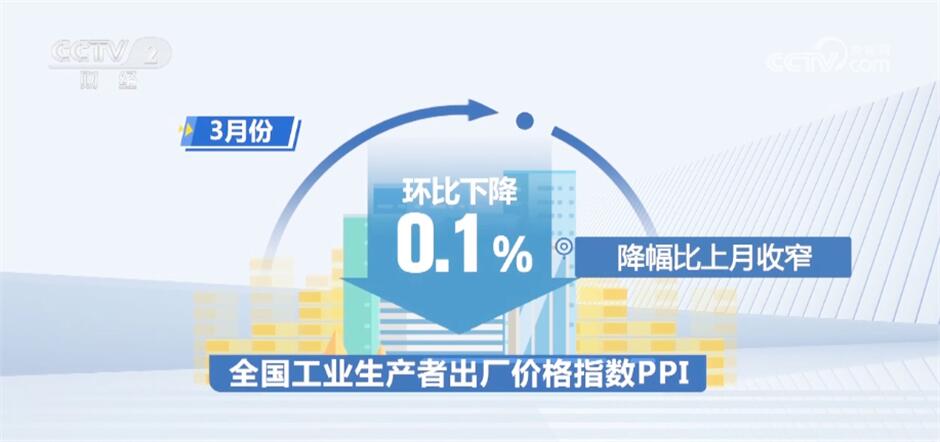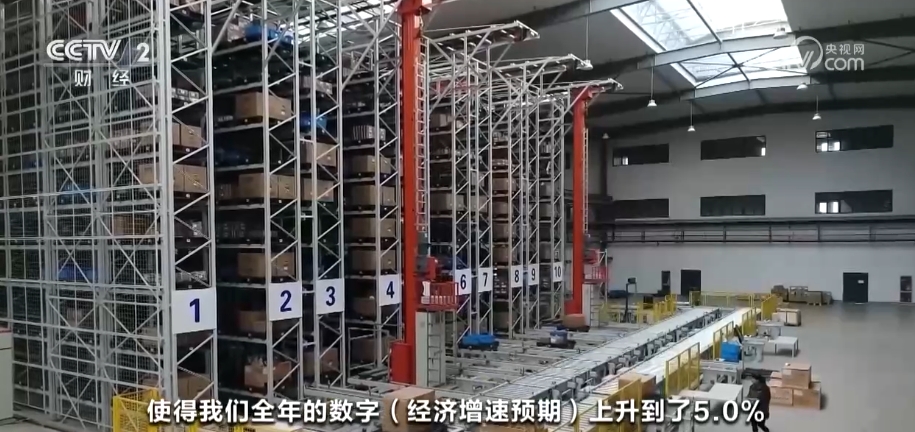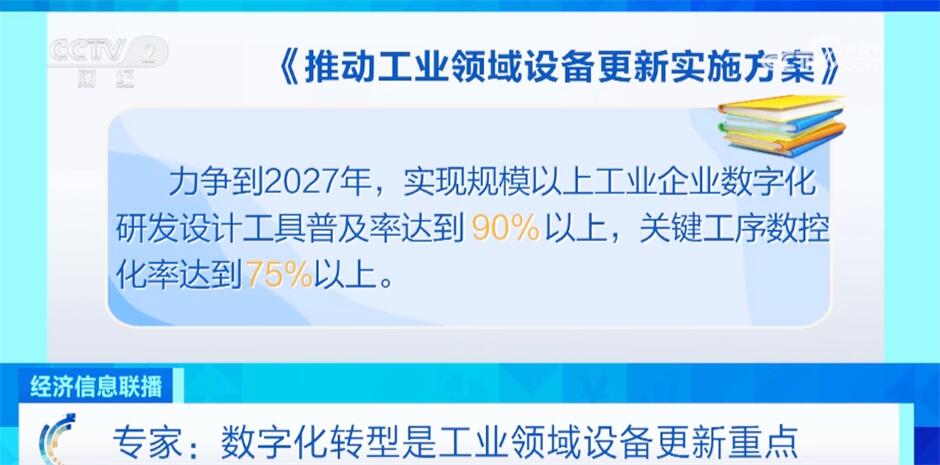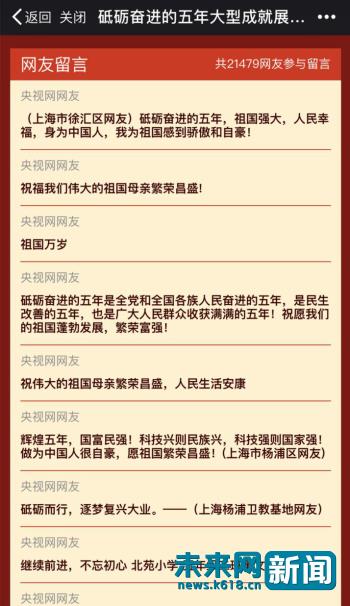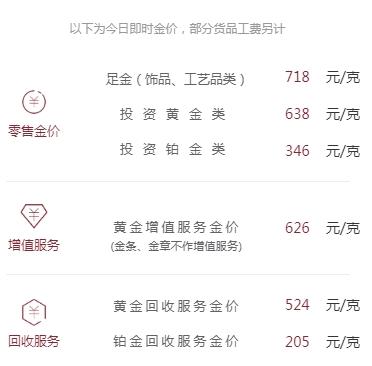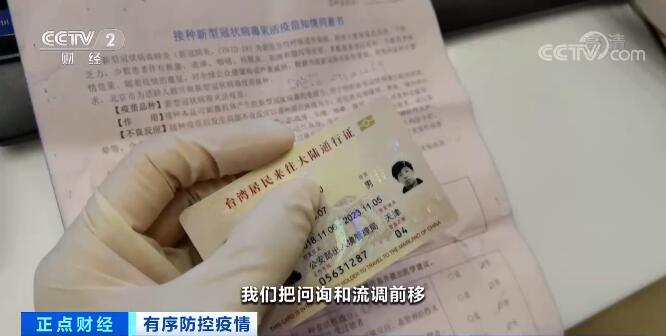The original Tu Simin and Fiona Fang are included in the collection # 24 cases of extraterritorial rule of law.

Image source: photo network
Boyce was only 10 years old when Larry Nassar, a former team doctor of the American national gymnastics team, first put his hand into his gymnastics suit.
Nassar broke Boyce’s right leg to his side, which seemed to help her relieve the muscle pain from long-term practice. This is a normal stretching movement after gymnastics, but under the disguise of this movement, Nassar has violated her again and again.
Six years later, when Boyce got up the courage to go into the room of gymnastics coach klages and expose the evil deeds of team doctor Nassar, she got the response: "I have known Nassar for many years, and he would never do anything’ inappropriate’." Klages also told her: "If you go to the police, there will be very serious consequences waiting for you and Nassar."
Boyce, 16, was frightened by klages’s words. She didn’t want anyone to get into trouble. After returning home, she cried in the bathroom and secretly decided never to tell anyone about it again.
It was the summer of 1997, and Boyce didn’t know that he was just one of many victims, and everything was just beginning-in the next 20 years, Nassar harassed and molested more than 300 underage gymnasts under the cover of being the team doctor of the American national gymnastics team. The place where he committed sexual assault spanned many countries, from the venue of the London Olympic Games in 2012, the gymnastics training ground in Texas, USA, to the gymnastics conference in Rotterdam, the Netherlands.
The sexual assault scandal of "Devil" team doctor Nassar is also considered as the most serious sexual abuse scandal in American sports history.
Behind this case, it is about the experience of more than 300 girls intertwined with pain and courage, and it is also their legal struggle with the FBI and the American Gymnastics Association for several years.
Feel shame and fear
Born in 1963, Nassar wears glasses, is a bit bookish, looks gentle and kind, and is friendly to neighbors and colleagues on weekdays. At the age of 15, Nassar began his coaching career in the high school women’s gymnastics team.
In 1981, he was admitted to the kinematics major of Michigan State University, where he worked as a team doctor for the university gymnastics team while studying. In 1997, Nassar, who received a doctor’s degree in medicine, officially took up his post at Michigan State University, and later served as the team doctor of the American women’s gymnastics team in five Olympic Games.
In the first few years as a team doctor, Nassar gained an excellent reputation among athletes and parents with his affinity, professional knowledge and enthusiastic attitude.
As a team doctor, Nassar is well aware of the injuries of athletes, and also understands how eager the injured athletes are to get back on the field. He often gives these girls "lessons" or "shares" the latest kinematics research results, so that these girls believe that there is nothing he can’t cure.
Nassar often tells these girls’ parents: "I will make your daughters great gymnasts, because they are destined to do so." Slowly, these girls and their parents think that Nassar is really lucky, because he always seems to be able to cure the girls’ injuries and make them back in the game.
Before those things happened, these girls felt it was an honor to be treated personally by Nassar or to be treated well by him.
In 1990, when Trina, a 9-year-old girl, was invited by Nassar to give her "extra tutoring" at home because of her frequent falling off bars, her first feeling was excitement and pride. However, this feeling was soon replaced by shame and fear. Nassar first talked to her about life and gymnastics in a relaxed tone, and then attacked her with his bare hands without changing his tone and rhythm at all.
At first, Trina didn’t know what this fear really meant. It was not until the late 1990s that another gymnast told Trina about her experience that Trina realized. According to Trina’s lawyer’s estimate, Nassar violated her 856 times.
A media reporter said that he had seen a video of Nassar’s treatment for girls in an interview. In the video, Nassar usually used his bare hands to invade their privacy before massaging the girls.
Many girls didn’t know what Nassar was doing at that time, only that it was the action he often did before treatment. A victim said in an interview: "I can’t tell what it feels like, only that it hurts there." And when they grow up, this sense of shame and pain will follow them like a flashback, and they will know that they are not the only ones who have experienced this.
These gymnastics girls once gained self-confidence on the field, but they were hurt again and again by a person who should have helped them to play better. In their minds, the beautiful "gymnastics dream" has also become synonymous with shame and fear.
Why are evil deeds covered up?
The time of committing the crime spanned 20 years, with more than 300 victims. Why has Nassar’s behavior never been effectively disposed of and exposed?
In fact, as early as July 2015, the FBI started an investigation because gymnast Maggie reported Nassar’s sexual abuse to the American Gymnastics Bureau. Although three victims were willing to come forward to assist in the investigation, the FBI only questioned one victim and did not record the conversation in the investigation report.
It was not until August 2016 that the Indianapolis Star published a series of in-depth reports exposing Nassar’s evil deeds and caused widespread concern in the United States that the three victims formally sued Nassar.
On November 22, 2016, Nassar was charged with three first-degree sexual crimes in Ingham County, Michigan. However, the state prosecutor said that "this is just the tip of the iceberg" and at least 50 victims filed sexual abuse charges against him.
As Nassar’s atrocities are constantly exposed, new victims come forward to accuse him every year. On January 10, 2017, another 18 victims filed federal lawsuits against Nassar, Michigan State University and the American Gymnastics Bureau.
On January 24, 2018, Nassar pleaded guilty to allegations of sexual assault against minors in a Michigan court and was sentenced to 40 to 175 years in prison. At least 250 victims appeared in the seven-day trial, and 156 victims took the stand.
In court, Judge Rosemary Aquilina said to Nassar, "I just signed your death notice."
Looking back, these young girls once had "self-help" behavior. They once told their parents, gymnastics coaches, school teachers and psychologists about their experiences, but they were deceived again and again by Nassar’s performances and lies.
They have also reported to the American Gymnastics Bureau, Michigan State University police, university administrators and the Michigan City Police Department again and again, but what awaits them is disappointment and injury again and again.
This is puzzling: why can Nassar’s evil deeds be covered up? How did American gymnastics allow hundreds of underage girls to receive Nassar’s so-called "treatment" without supervision? How on earth is such sexual violence allowed to happen?
On the one hand, Nassar is an extremely good performer. A victim once recalled in an interview with new york Magazine: "When he put his hand into my shorts, I really thought he was giving me a proper medical diagnosis. After all, I was only a 13-year-old rookie player, and he was the team doctor of the Olympic gymnastics team, not to mention my father was in the room."
This is also one of Nassar’s usual strategies: he will ask a parent to be present during his treatment, but he will deliberately block their sight. But when he put his hand into these little girls’ bodies, the parents standing by thought that Nassar was treating their children well.
These little girls often realize that they have been violated after many years, because Nassar always makes all violations reasonable and normal. When they feel painful and uncomfortable, they can only subconsciously doubt themselves.
On the other hand, according to the investigation of the FBI, there has always been a tradition in American gymnastics to cover up or downplay sexual assault complaints. They have always been at the expense of athletes’ physical and mental health, just to protect the reputation of American gymnastics.
According to the contents of the trial, several victims said that they had reported Nassar’s sexual abuse to the authorities of different systems, including the American Gymnastics Bureau, Michigan State University, and the American Olympic and Paralympic Association, but all of them were ignored without exception.
In the context of the commercialization of professional sports in the United States, once the issue of money and reputation is involved, the American Gymnastics Bureau is silent. They are worried that once gymnasts expose Nassar’s evil deeds to the public, the commercial value of these gymnasts will be greatly reduced.
Therefore, the American Gymnastics Bureau not only failed to report the clues of sexual assault and abuse to the state procuratorate as required by law, but also asked these gymnasts to sign a confidentiality agreement.
The US Gymnastics Bureau and the US Federal Bureau of Investigation have been accused by the victim of creating a convenient environment for Nassar for several years and doing their best to help him escape legal and moral responsibilities. In addition, they turned a blind eye to several complaints and reports submitted by the victims, thus providing a hotbed for Nassar’s atrocities.
Sexual assault is always an exercise in power relations, and the unequal status and power of senior team doctors and newcomers make it more difficult for them to resist. To some extent, Nassar’s sexual assault case also reveals the evil under the glacier in American gymnastics: behind the pursuit of higher, faster and stronger, how the pain of athletes is ignored, and how such abuse and infringement have been concealed for so many years.
Four top Olympic athletes stood on the witness stand.
Rachel, a 33-year-old former gymnast and current lawyer, is the first victim to publicly expose Nassar’s sexual assault, harassment and abuse of underage girls and even young girls in the name of treatment.
In 2018, Rachel said at the trial: "When you want to fight criminals protected by two extremely powerful systems, an anonymous voice is not enough. You must make a sound in public, and you can’t back down. We all gathered together to fight for ourselves. If you don’t stand up, no one will help us. "
Although Nassar got the punishment he deserved, the trauma and nightmare of these victims never ended. In their view, the dereliction of duty of the FBI, the dereliction of duty of the police, and the deception and cover-up of the gymnastics bureau are the chief culprits of their pain and trauma.
Because the FBI could have stopped Nassar when it first investigated him in 2015, but the FBI made a series of mistakes in the investigation, which led Nassar to continue his sexual abuse atrocities from 2015 to 2017. Among these victims is gymnast Simone Arianne Biles, who is known as the talented girl of the American gymnastics team.
Simone Arianne Biles is a two-time champion of Vault, holding a total of seven Olympic medals. At the 2016 Rio Olympic Games, she won 4 gold medals by herself and was praised as the best gymnast in the history of gymnastics. But at the 2020 Tokyo Olympic Games, byers withdrew from the medal competition in the team competition due to mental health problems, and then she withdrew from the vault, uneven bars and floor exercises.
Byers’s psychological problems were planted as early as when she was sexually assaulted by Nassar. She said: "As the only gymnast among the survivors who participated in the Tokyo Olympics, I can assure you that the influence of sexual abuse will never disappear or be forgotten."
In fact, in the United States, gymnastics is one of the most prone to sexual abuse. Joan Ryan, a sports columnist of the San Francisco Chronicle, once wrote in a book exposing the unreasonable system of gymnastics in the United States: "Children who practice gymnastics are trained to suppress their feelings from an early age. Your knee hurts? You are just lazy. You feel hungry? No, you are just overweight and greedy. "
From a very young age, these girls who practice gymnastics have to be trained to suppress their personal feelings and emotions, because in the sports field, to achieve higher achievements means making sacrifices and enduring physical pain and mental pressure. So when sexual harassment happens, many victims’ subconscious reaction is not to admit this uncomfortable feeling. In other words, when these girls were invaded by Nassar again and again, they really thought it was the inevitable pain caused by medical treatment.
On September 15th, 2021, four former Olympic champions, including byers, stood on the witness stand as victims’ representatives, accusing the American Gymnastics Association and the US Olympic Committee of dereliction of duty, and the FBI of dereliction of duty in case investigation, because their inaction and dereliction of duty finally led to the constant occurrence of tragedies.
In court, four girls made a statement: "We stand here in the hope that our efforts, patience and unrequited efforts over the years will enable more people to learn from our pain and make sports safer for our future generations."
On December 13, 2021, the American Gymnastics Association and the US Olympic Committee reached a settlement agreement with four victims in the amount of 380 million US dollars (about 2.4 billion yuan). On June 8, 2022, 90 victims, including byers, filed a federal administrative claim against the FBI for dereliction of duty. Perhaps, the war between the survivors and the two systems is far from over.
(This article has been deleted. For more details, please pay attention to the next issue of Fiona Fang in June.)
Original title of this magazine: "Sexually assaulted gymnastics girl"
This article is the original manuscript of Fiona Fang magazine. Please indicate the author in an eye-catching position when reprinting, and indicate the source: Fiona Fang (ID:fangyuanmagazine).

Editor Xiao Lingyan Fang Jiajia Design Liu Yan
Trainee reporter Tu Simin
Click on the picture
Buy Fiona Fang magazine.
Original title: "He harassed and molested more than 300 gymnastics girls under the cover of the identity of the team doctor of the American national gymnastics team …"
Read the original text


